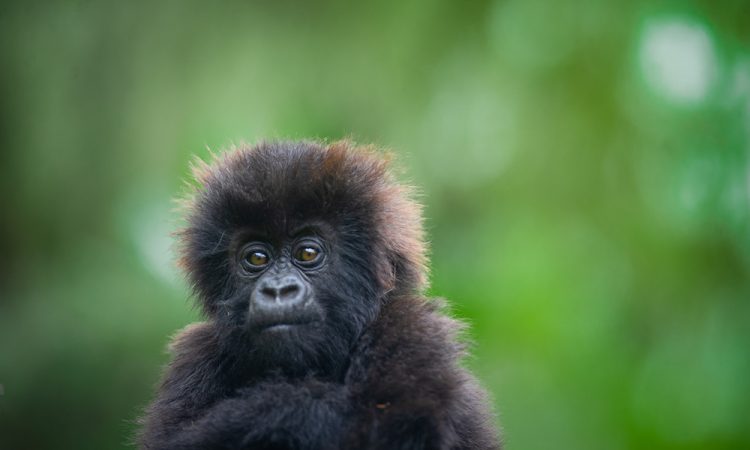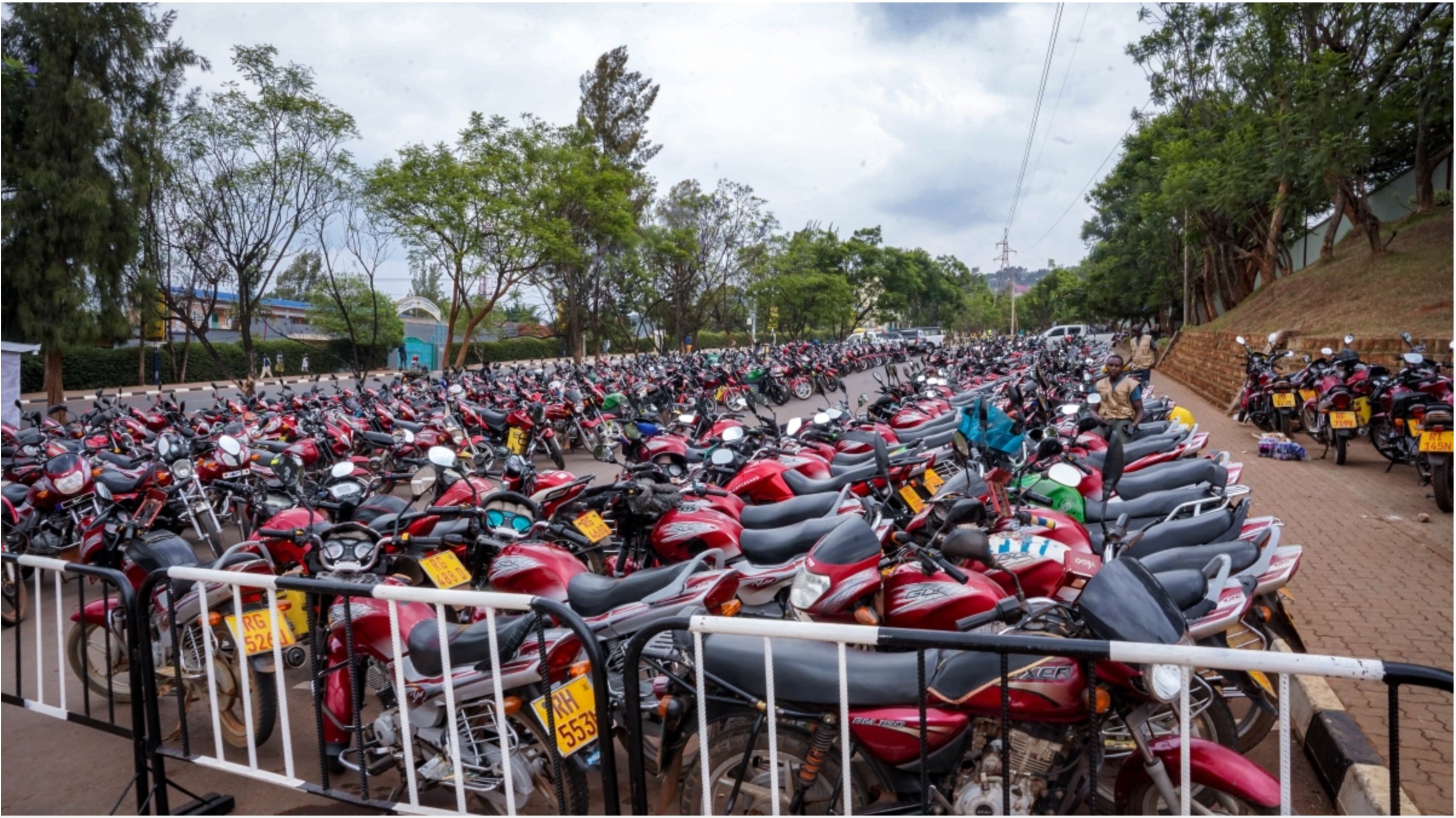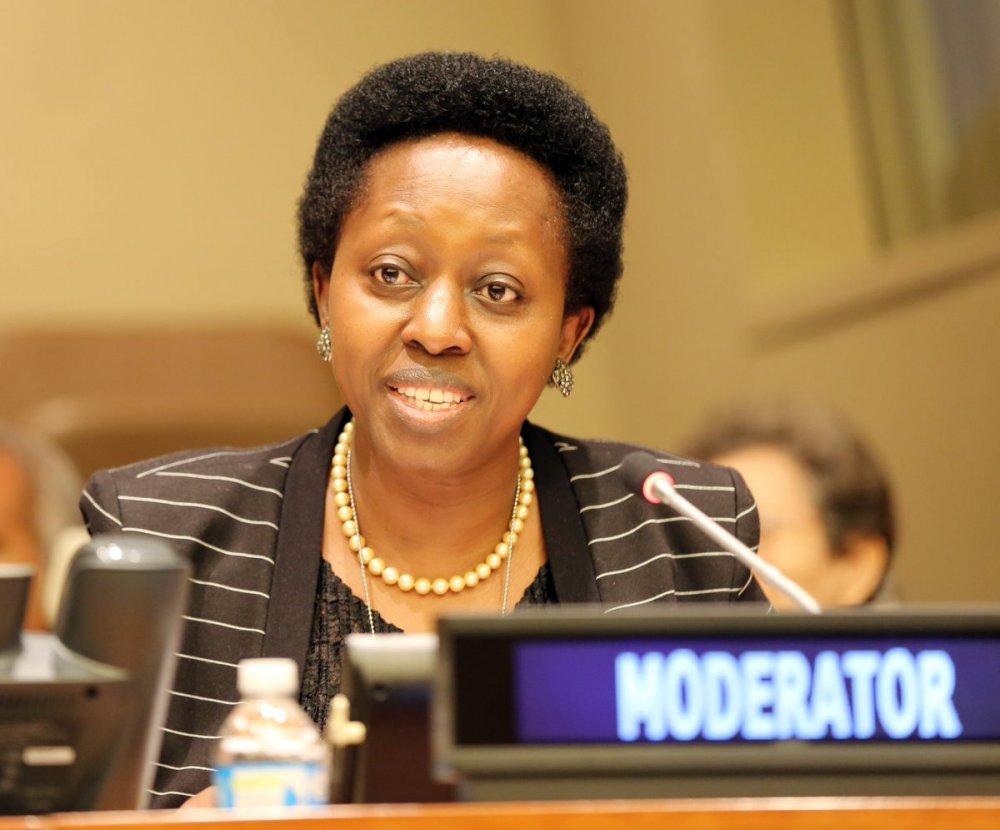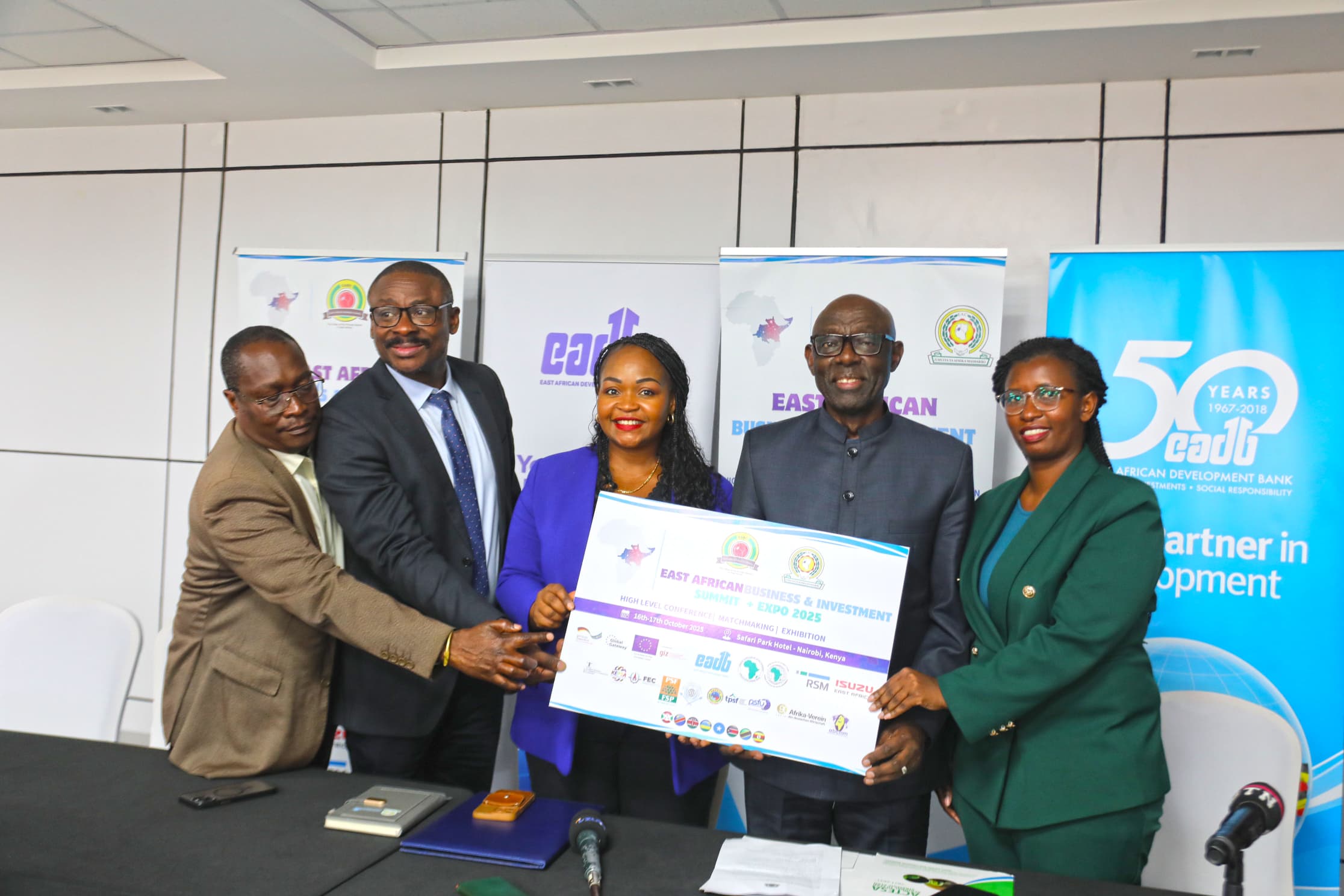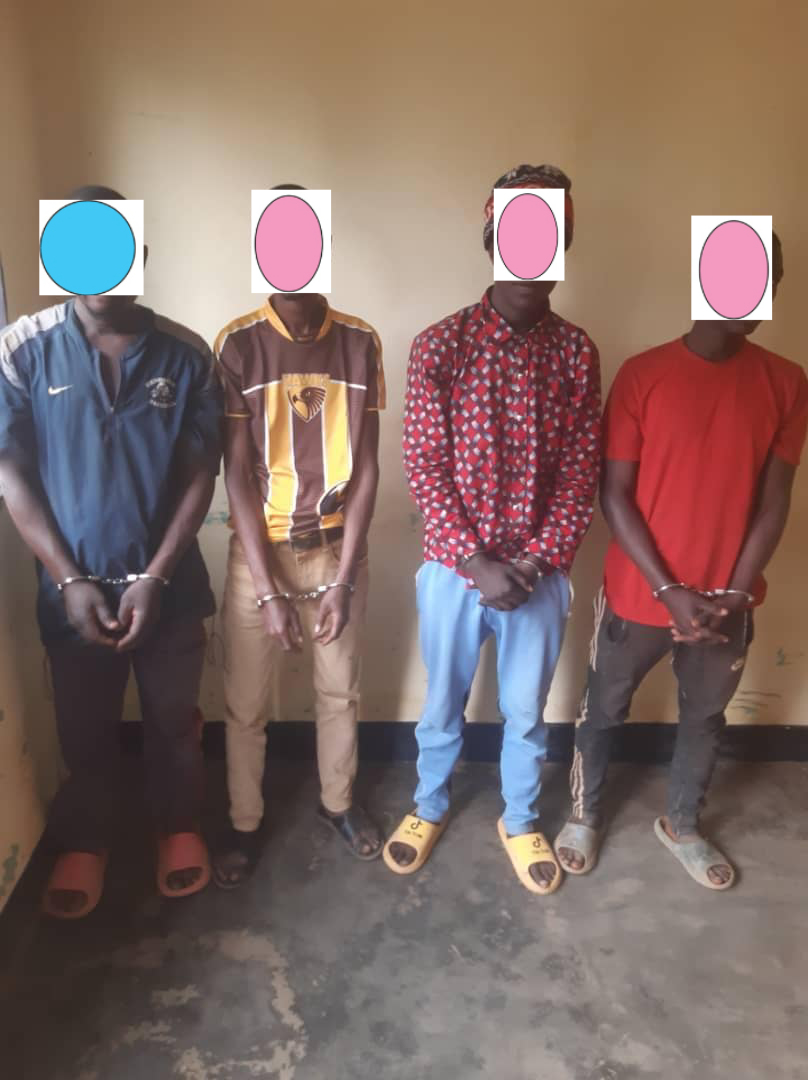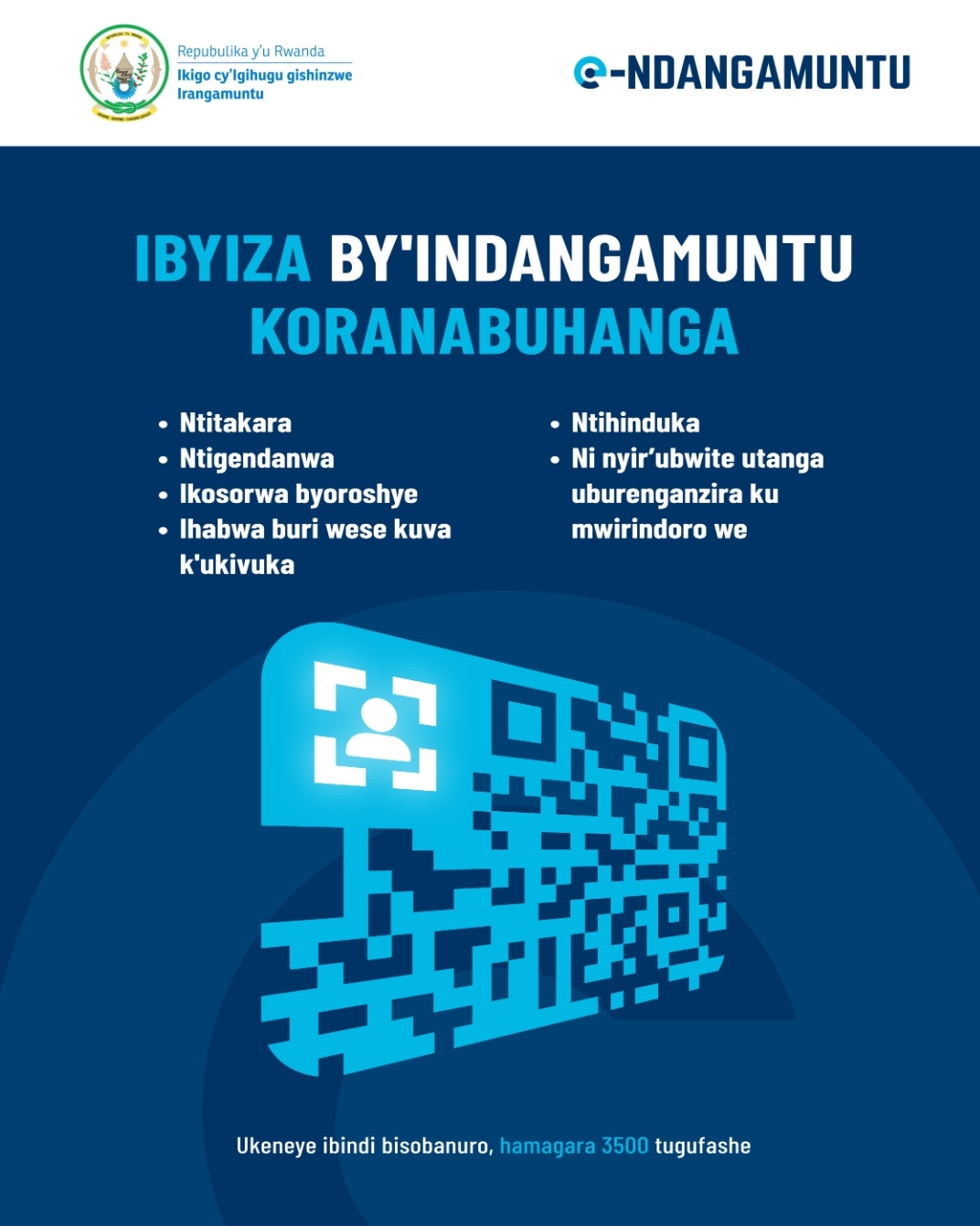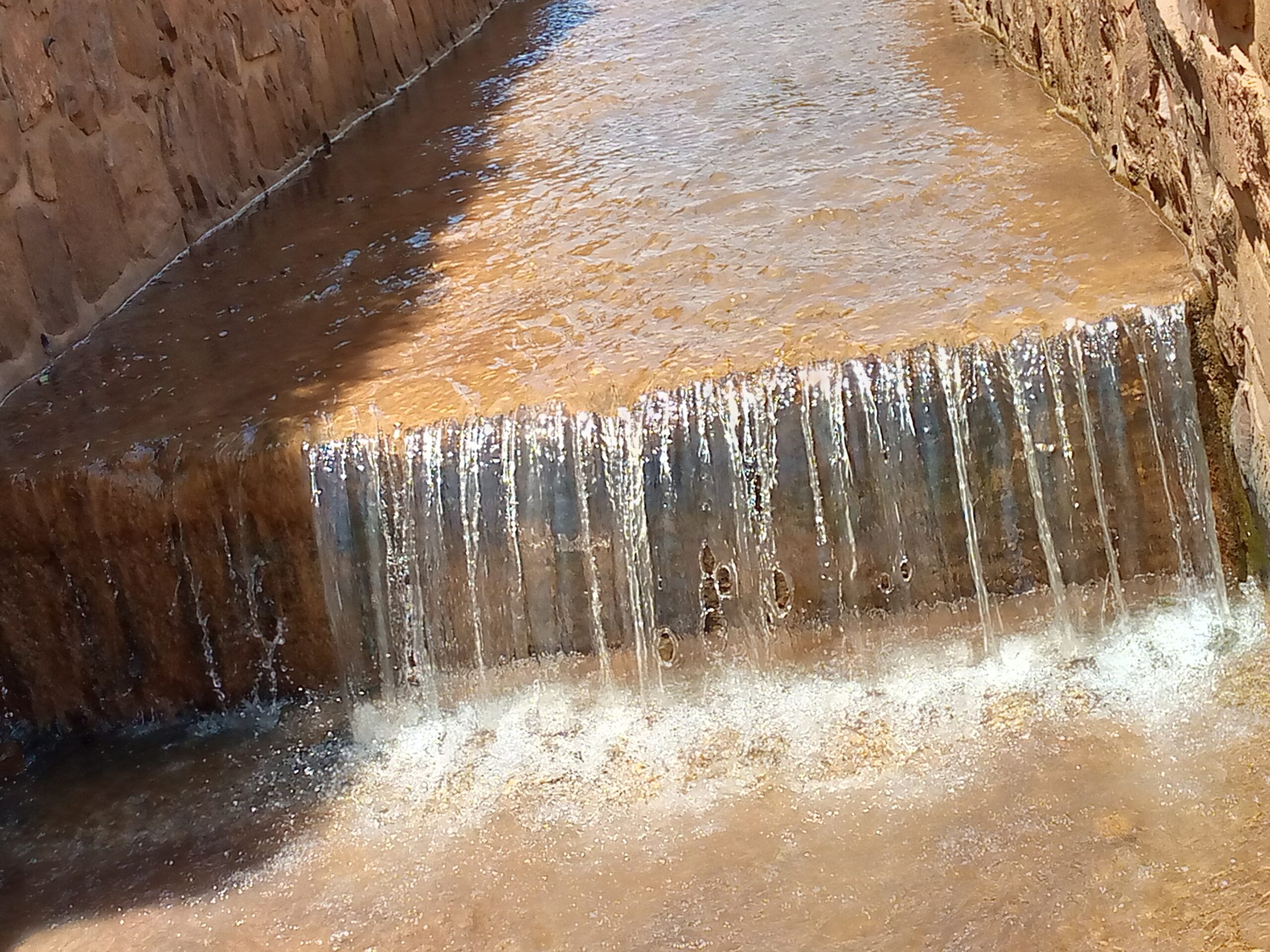
Rwanda: It is possible for rainwater descending the hills surrounding Kigali City to be used to generate electricity or for other productive purposes, rather than always being seen as a cause of disasters, as environmental experts explain.
A resident who chose to be named Mukamusoni Veneranda, living in Kigarama Sector in Kicukiro District, near a drainage channel flowing down from Rebero hill, shares her testimony. This channel carries silt from the hills and dumps it in Rwampara’s valley before flowing into the large roundabout at Kanogo.
Mukamusoni, 55, was born and raised in Kigarama, and remembers when residents used to walk between the villages of Byimana and Bwerankori, and used to cultivate in the valleys between the hills—something no longer possible.
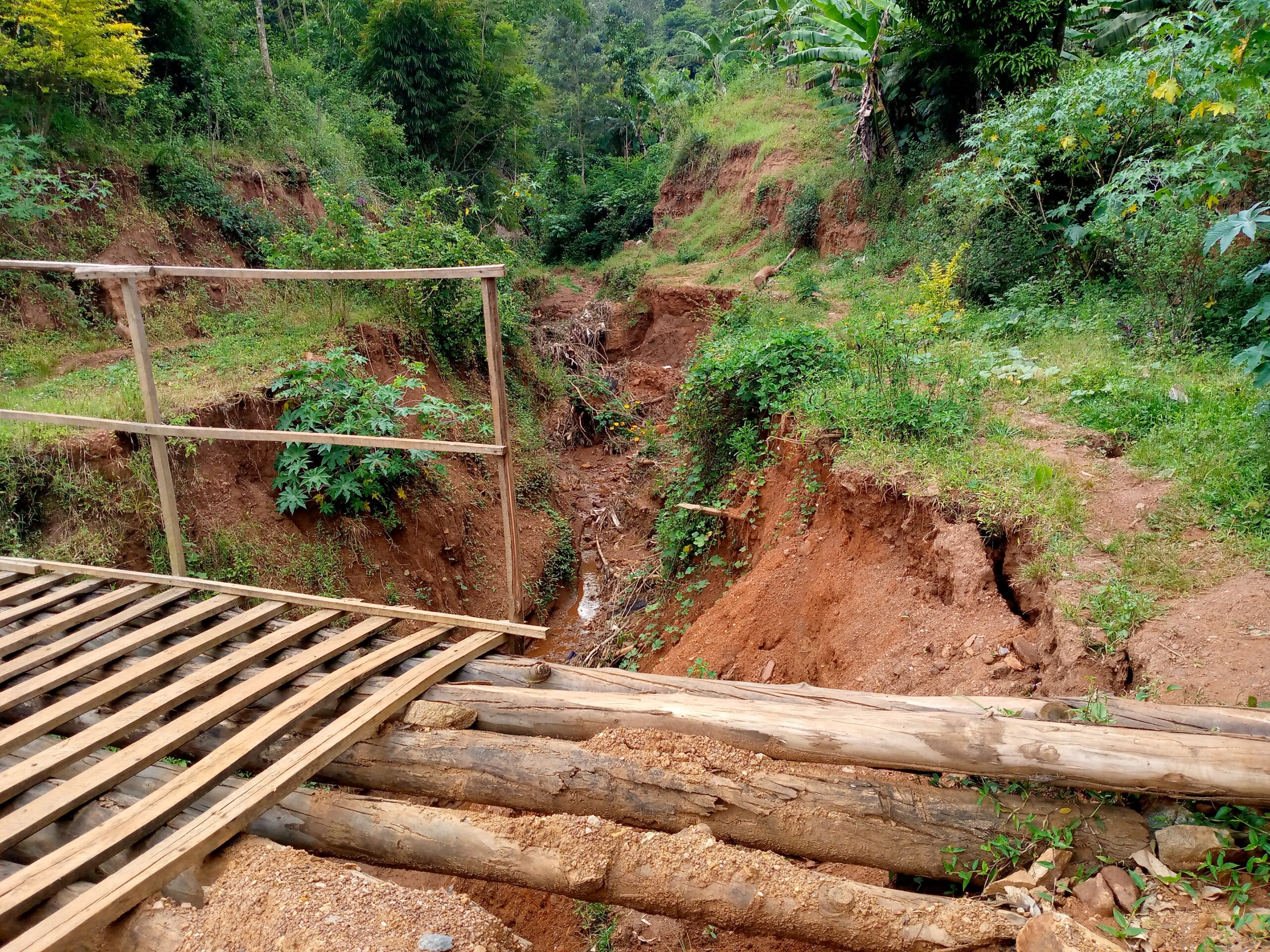
“In 1999, we used to cross this area on foot; there was no separating trench at all. You could just walk across. The water now running through this channel comes from buildings and roads constructed uphill in Rebero,” she says.
Mukamusoni and others living near the channel say the problem worsened about ten years ago when forest at Irebero was cut down, roads were built, and large buildings, including schools, businesses, modern settlements, and recreational facilities, were constructed.
The channel has now carved a trench almost 10 meters wide and just as deep, prompting local authorities to ask Mukamusoni and neighbors to relocate due to landslides. Some houses have already been destroyed, and others are at risk.
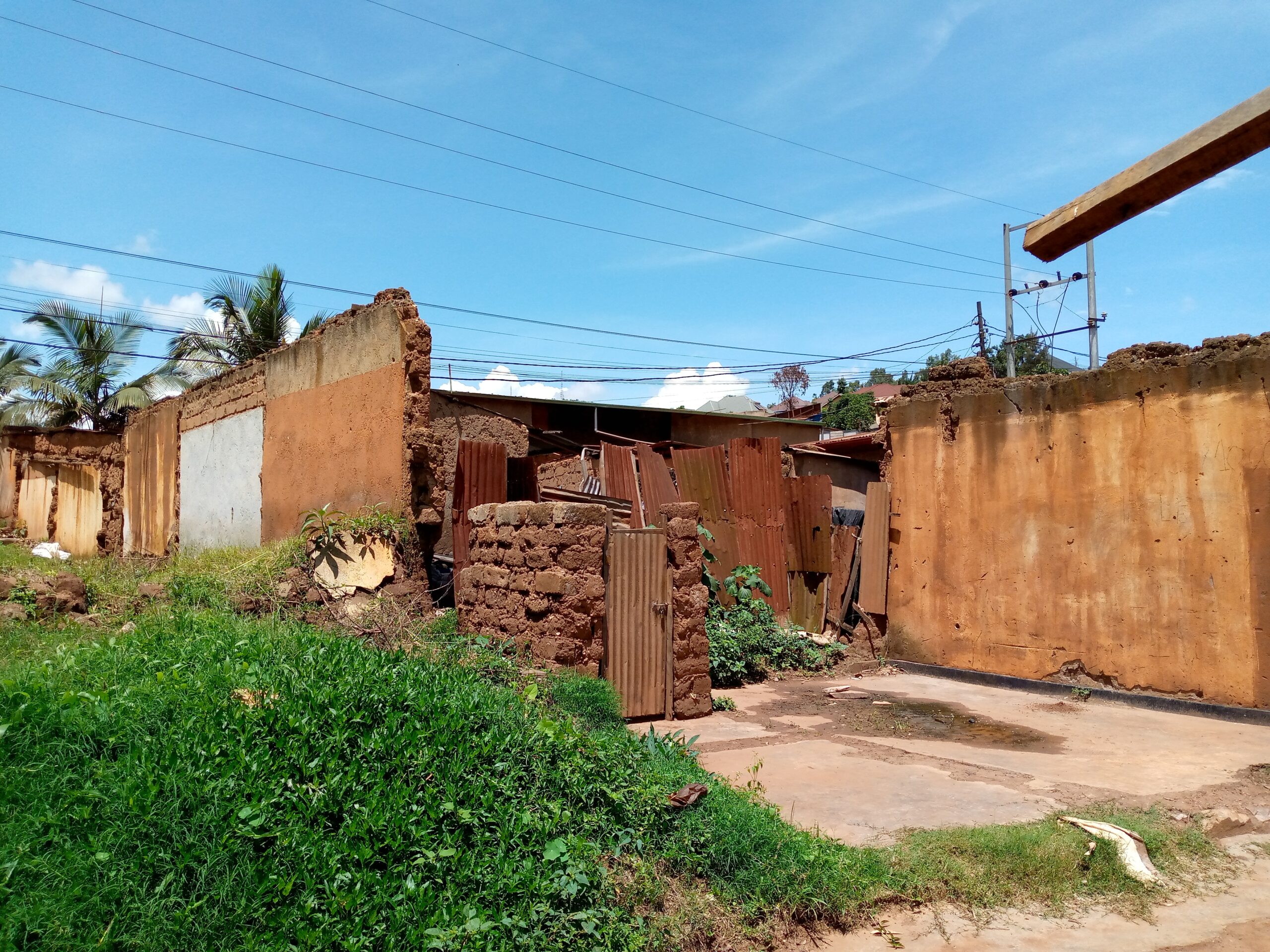
The channel has claimed two lives in the past two years and still poses danger
This drainage channel from Rebero continues to worry residents of Byimana and Bwerankori villages. The bridge connecting the two areas is starting to collapse.
Emmanuel Simugomwa, who often uses the bridge, says they constantly try to repair it through community work, but their efforts are in vain.
“We fear this bridge might collapse while people are on it. As you can see, of the 12 wooden supports, only two are still anchored in the ground—and they, too, are starting to give way”, Simugomwa says.
Further down, in a trading center called Nangumirimbo, a shopkeeper near the drainage channel says two people died in front of his shop in the last two years after being swept away by water, which also carried away motorcycles and other property.
He explains, “One motorcyclist parked in front of my shop during a rainstorm, and the water swept away his motorbike—he never found it. About two months later, another person was swept away and later found dead downstream near CGEM. The year before, someone else had been taken by the same channel.”
Residents of this area say they are concerned because the rainwater from Rebero and elsewhere converges and causes flooding, due to poorly designed drainage channels filled with sharp turns.
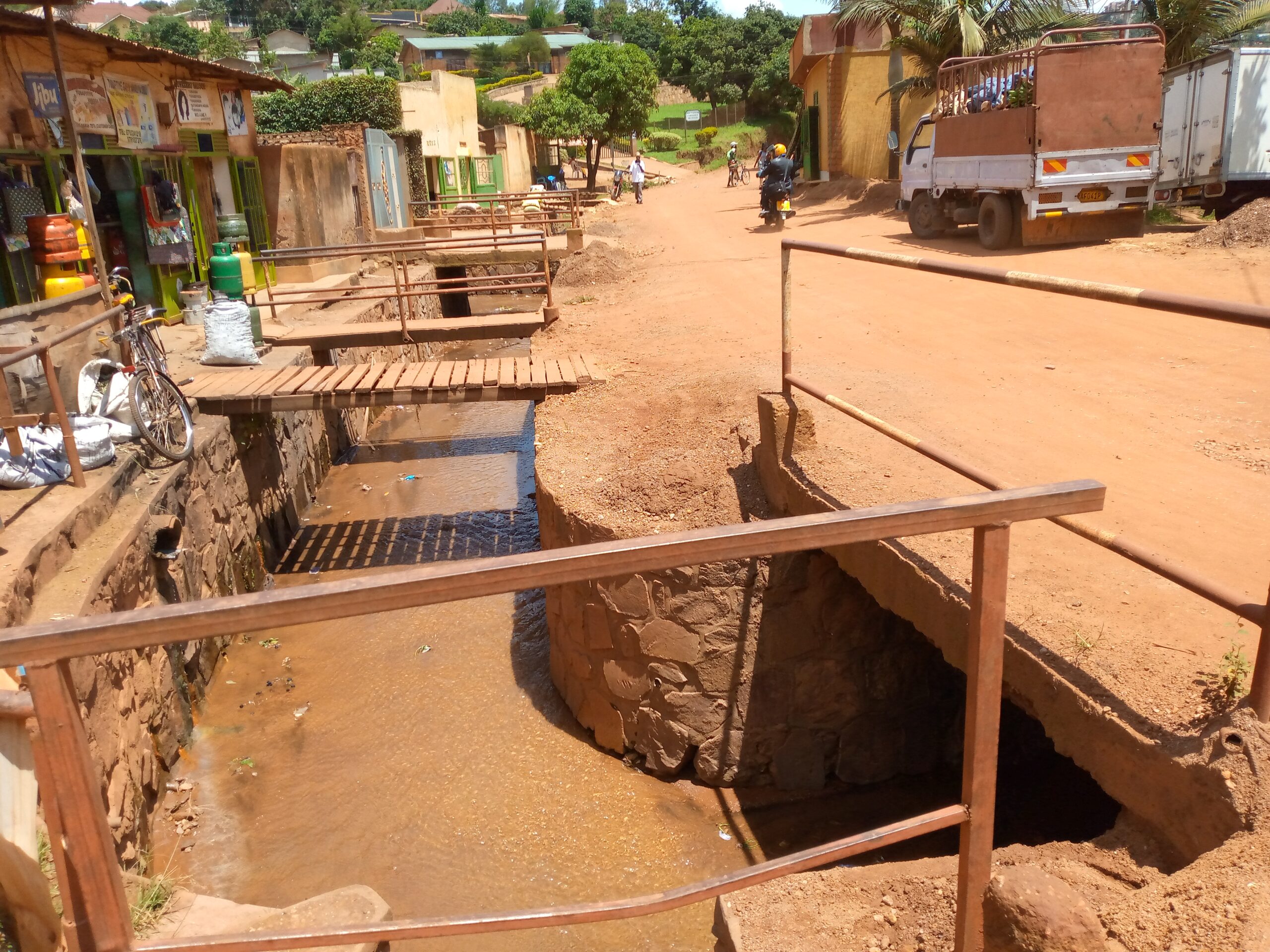
Downstream from Nangumirimbo in Rwampara, all the silt, trees, stones, and household items swept away by the water end up blocking the bridge on the paved road from Gikondo CGEM to Cercle Sportif.
As a result, the City of Kigali had to deploy a machine to unclog the drainage channel to protect roads and other infrastructure.
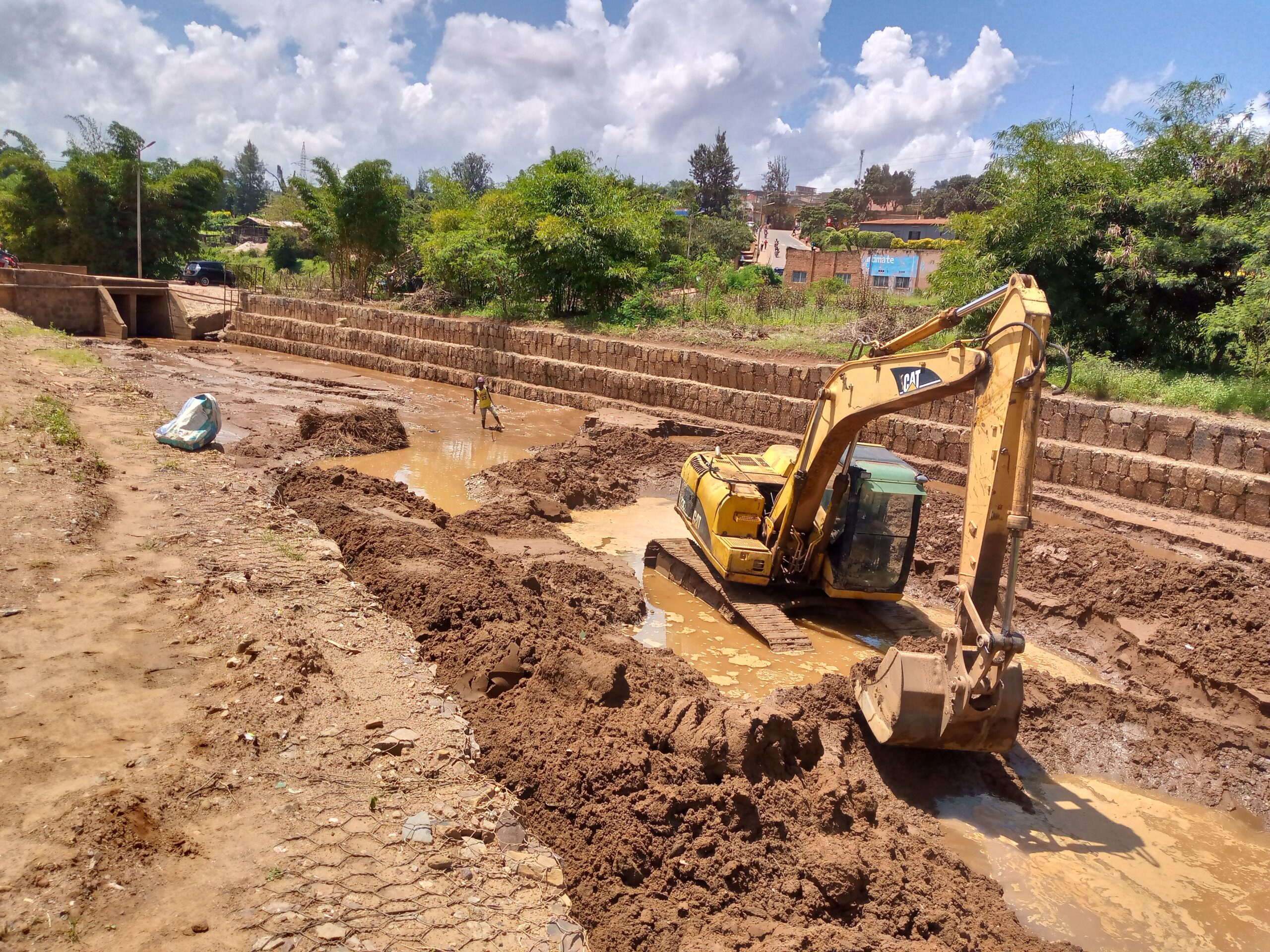
Kigali could generate electricity from drainage channels as Tbilisi’s example
Tbilisi, the capital of Georgia in Eastern Europe, has constructed systems that use rainwater from drainage channels to generate electricity. This is achieved through mini-hydropower plants and battery storage.
Rainwater from roads, courtyards, and rooftops is collected in stormwater channels and pipes, then directed to mini-hydro plants where turbines spin and generate hydroelectric power.
The electricity from these turbines is stored in large-scale batteries to ensure continued power supply even when it’s not raining, allowing the city to have a consistent power source.
Rwanda can do the same
Professor François Naramabuye, an environmental expert and lecturer at the University of Rwanda, says that paving or covering hills with concrete or tarmac prevents rainwater from seeping into the ground to form underground springs. Instead, the water flows rapidly, eroding soil and damaging weak infrastructure.
This could lead to reduced groundwater levels and dried-up springs.
For that reason, he says Rwandans should implement land use strategies adopted in 2007. These included encouraging the construction of multi-story buildings so more people could live on smaller plots of land. “In many areas, the ground is strong enough to support buildings more than 10 stories tall,” he said.
Prof. Naramabuye adds, “In past years, various institutions—land, environment, agriculture—have conducted many studies. The expertise exists, but what’s missing is dissemination, starting with pilot projects.”
He continues, “That example of collecting and storing rainwater for recharge or energy generation is possible. MINAGRI had long planned for water storage, especially for agriculture.”
He emphasizes the need for education systems to train people for jobs inspired by such examples in Tbilisi, Marrakesh, and other places.
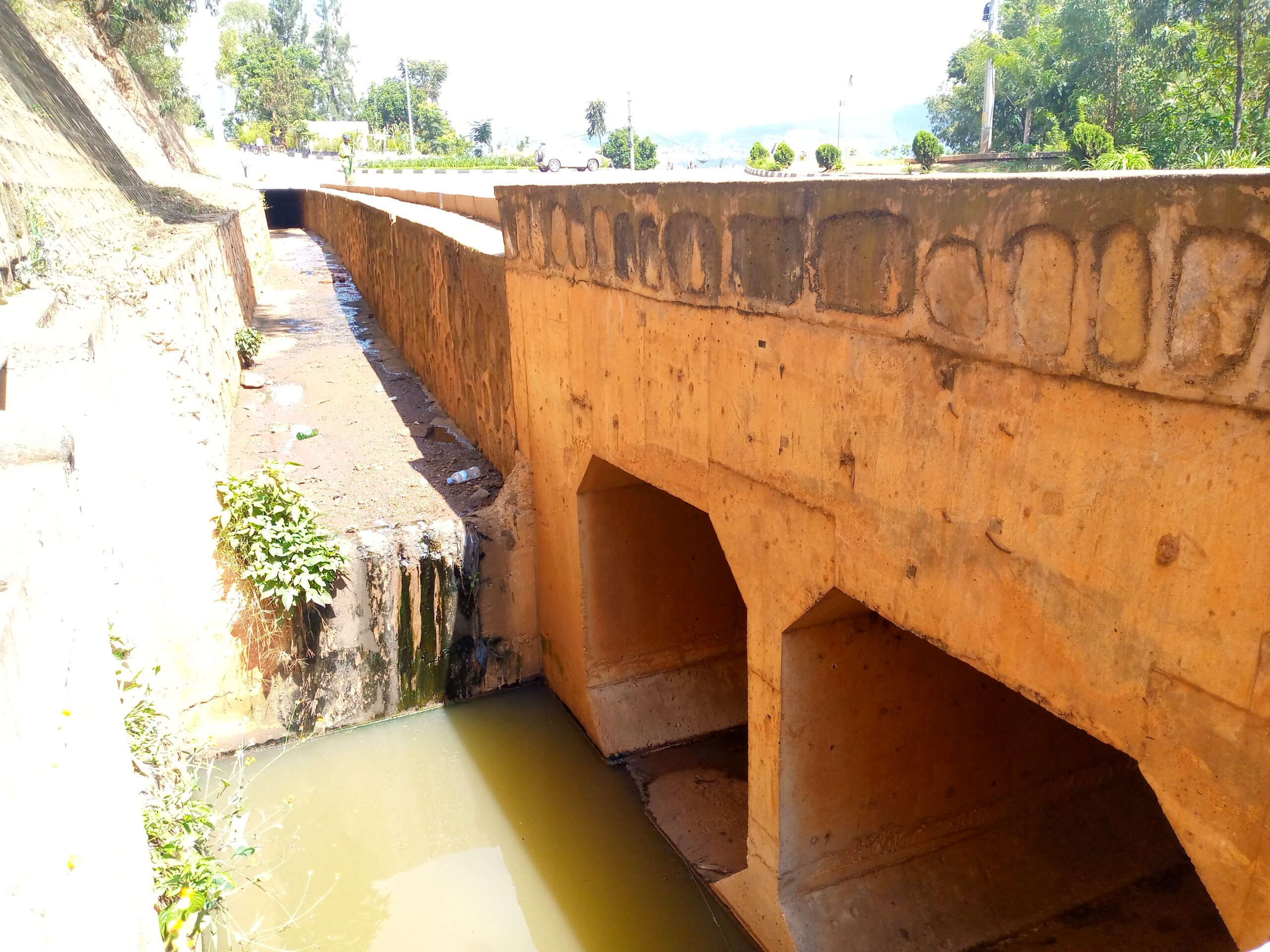
Jean Marie Vianney Uwizerwa, head of renewable energy projects at the Rwanda Energy Group (REG), says generating electricity from drainage channels must be preceded by research.
He says, “This needs a study. At the moment, I can’t guarantee anything. You have to assess if the topography is similar to Kigali’s, the type of housing, and other factors—a study should determine that.”
Uwizerwa notes that mini-hydro plants in Rwanda must generate under 1000 kilowatts. According to UNIDO, a drainage channel releasing 50 liters per second can power up to 50 homes, producing around 10 kilowatts (kW).


